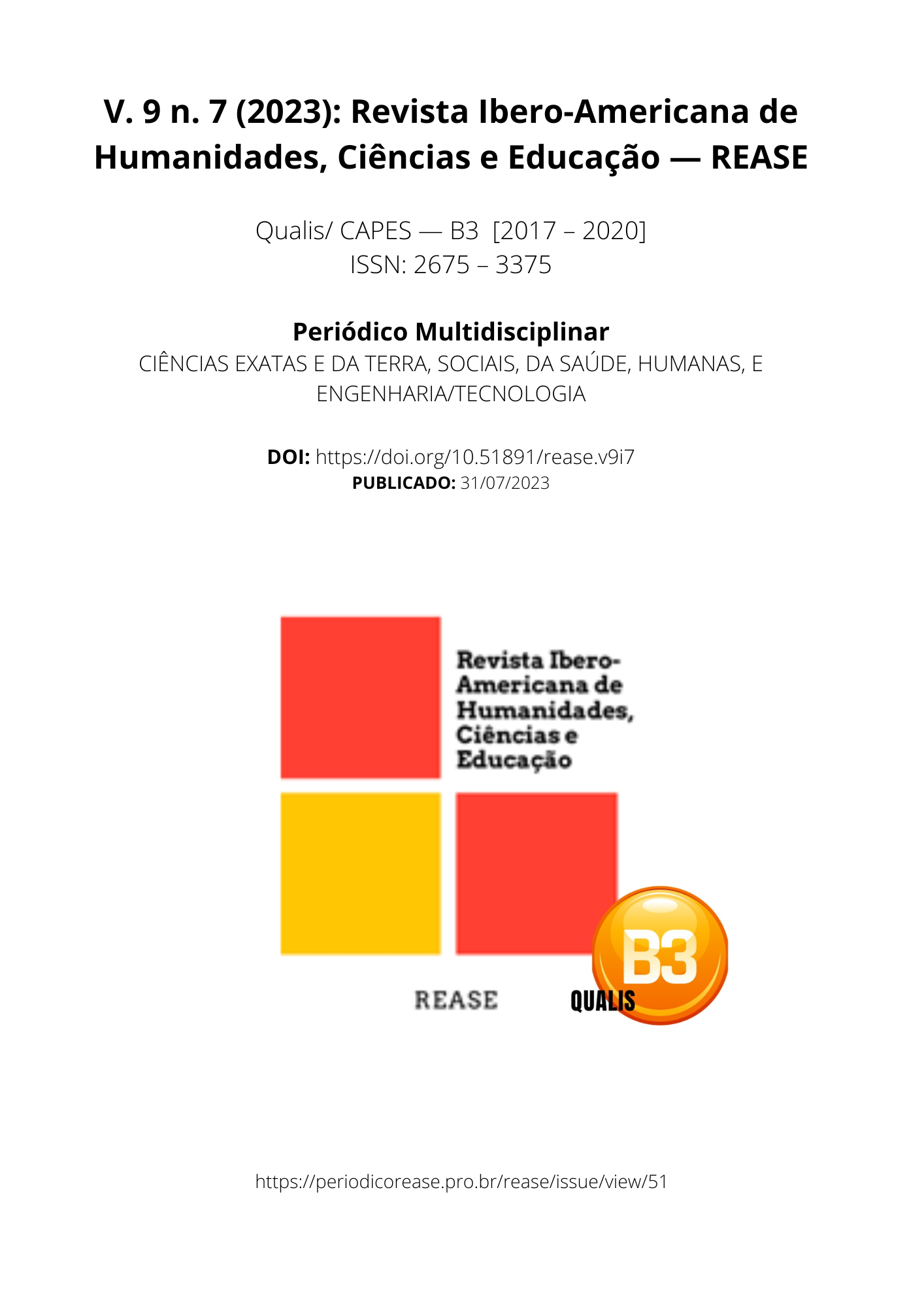TECHNOLOGY AND EDUCATION: AND THE REFLECTIONS ON BRAZILIAN SOCIETY
DOI:
https://doi.org/10.51891/rease.v9i7.10762Keywords:
Technologies. Learning. Education.Abstract
This work aims to show that before technology the teacher was the propagator of knowledge, a figure seen as the knowledgeable of knowledge, where students owed obedience, without questioning. Nowadays, the scenario has changed with the advances in technologies, the educator becomes a learning promoter, providing the exchange of knowledge. With that, technological advances have opened new paths for education, where the educator is fundamental in the teaching-learning process due to his ability to modify and create different situations for the development of his students. Therefore, each new tool has an impact on new learning processes, mainly because it is possible to access new content anywhere, as most students have access to the internet through cell phones, notebooks, tablets, among others. When it comes to Education, it is important to emphasize that it is within the school environment that students develop their skills and, therefore, this environment must offer new methodologies for students to evolve and improve their knowledge.
Downloads
Downloads
Published
How to Cite
Issue
Section
Categories
License
Atribuição CC BY

